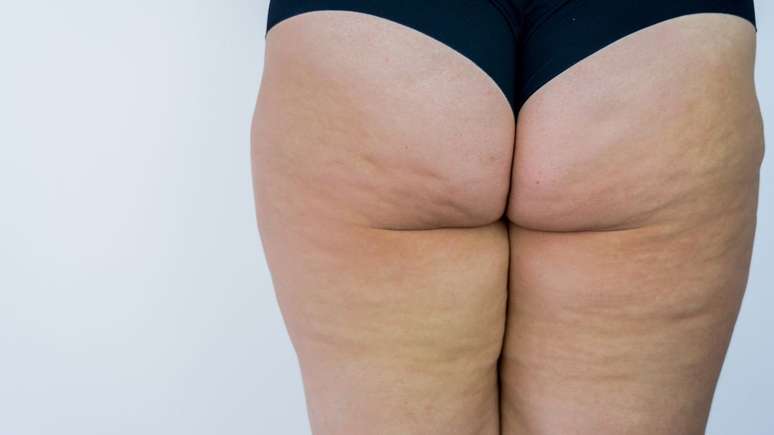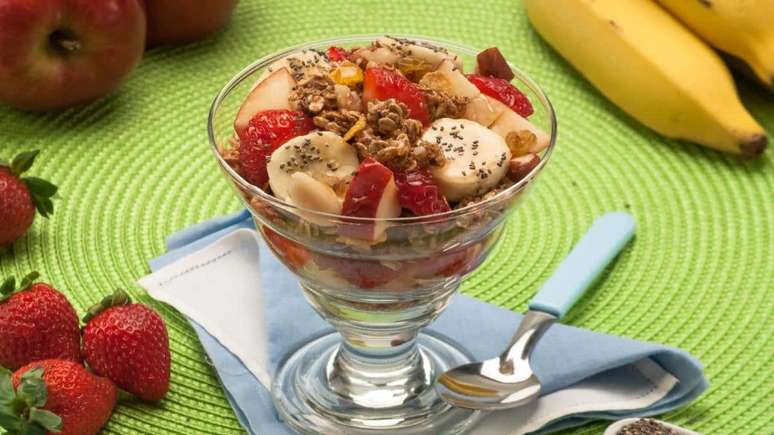Cellulite is a condition that causes insecurity in many women; learn about types, causes and treatment
A cellulite it is a dermatological condition that manifests itself as ripples and holes in the skin. It is caused by factors such as genetic predisposition, hormonal changes and lifestyle and, although it is not a disease, it can cause insecurity and affect self-esteem.
To understand the types, causes and treatment of cellulite, the doctoral student in dermatology and aesthetic medicine and director of the Emagrecentro network, Sylvia Ramuth, addresses the main aspects related to the condition and how to deal with it.
Types of cellulite
“Cellulite is a deposit of fat under the skin and appears more in areas where this fat is under the influence of estrogen, a female hormone, with its most common appearance on the buttocks, hips and thighs. But nothing prevents it from appearing on the breasts, the abdomen and even the arms”, explains Sylvia.
- Edematous: It happens due to fluid retention in the tissues. It can cause swelling and an “orange peel” appearance on the skin;
- Fibrous: It develops when there is an increase in the amount of collagen fibers in the skin. This makes the skin less flexible and causes irregularities;
- Adipose: It occurs when there is an increase in the amount of fat in the tissues. It is generally associated with obesity;
- Mixed: In many cases, cellulite features a combination of the types mentioned above, making treatment more challenging.
Causes of cellulite
- Inheritance: Genetic predisposition plays an important role in the formation of cellulite;
- Type: Women are more likely to have cellulite than men due to differences in the structure of their skin and fat tissue;
- Hormonal changes: Hormonal changes, such as those that occur during pregnancy, menstruation, and menopause, can affect cellulite;
- Obesity: Excess weight can increase the likelihood of cellulite, especially the fatty type;
- Sedentary lifestyle: Lack of physical activity contributes to the development of cellulite, as blood circulation is impaired;
- To smoke: Smoking weakens blood circulation and compromises the quality of the skin, making it more susceptible to cellulite.
Treatment
- Lipoendermus: Endermology, the first treatment approved by the FDA (Food and Drug Administration) to improve cellulite, occurs through a massage effect and deep lymphatic drainage that promotes blood circulation, reducing skin irregularities.
- Radio frequency: This procedure uses controlled heat to eliminate toxins and reduce localized fat, acting directly on the fibrous structures that cause cellulite.
- Vibrating platform: Promotes an increase in local blood circulation by up to 70%, providing natural lymphatic drainage.
- Cell Injection: This treatment involves applying specific active ingredients with a fine needle to an area with cellulite, where they are targeted based on the type of cellulite present.
“Treatments are indicated for cellulite of all types and degrees. However, pregnant women should avoid these procedures. Additionally, injectable procedures are not recommended for individuals with blood disorders or who continually use anticoagulants. The duration of results vary, but, in general, the effects of treatments can last from 3 to 6 months”, explains Sylvia.
Food and cellulite
Diet also affects cellulite, so it is important to consume healthy foods and drink 2 liters of water a day to improve blood circulation.
“Foods rich in fat, sugar and salt can increase fluid retention and inflammation, aggravating cellulite. On the other hand, foods rich in fibre, vitamins and minerals help improve blood circulation and eliminate toxins, preventing cellulite,” reports Ramuth.
- Consume foods rich in fiber, such as vegetables, legumes and fruit.
- Include foods rich in vitamins and minerals, such as vegetables, legumes and lean meats.
- Limit your consumption of foods high in fat, sugar and salt.
- Avoid processed foods, such as sodas, sweets, snacks and fast foods.
- Avoid foods high in trans fats, such as processed and ultra-processed foods.
“By adopting a balanced diet, practicing physical activity and seeking suitable beauty treatments, it is possible to combat cellulite more effectively. Remember to always seek professional advice before starting any beauty treatment and to look for a serious and reliable place to carry it out. procedure”, concludes Sylvia.
Source: Terra
Ben Stock is a lifestyle journalist and author at Gossipify. He writes about topics such as health, wellness, travel, food and home decor. He provides practical advice and inspiration to improve well-being, keeps readers up to date with latest lifestyle news and trends, known for his engaging writing style, in-depth analysis and unique perspectives.








